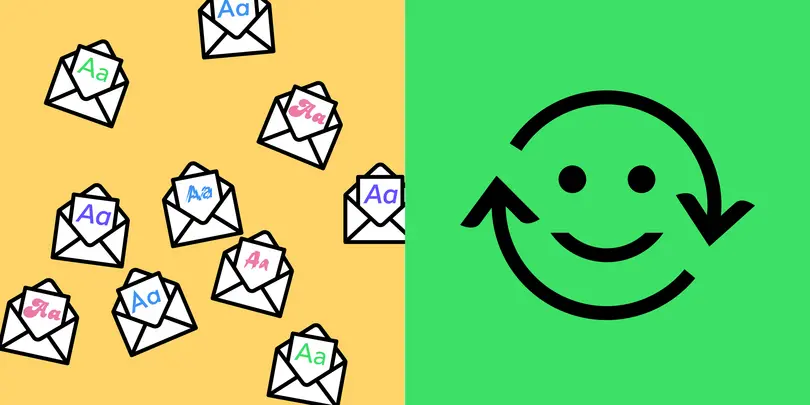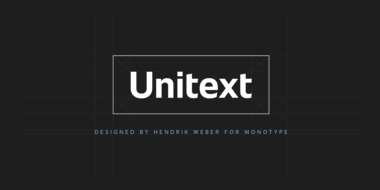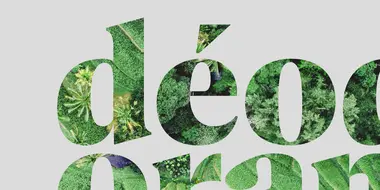Follow that font: What happens when a design team uses a project-based font vs a font subscription platform?
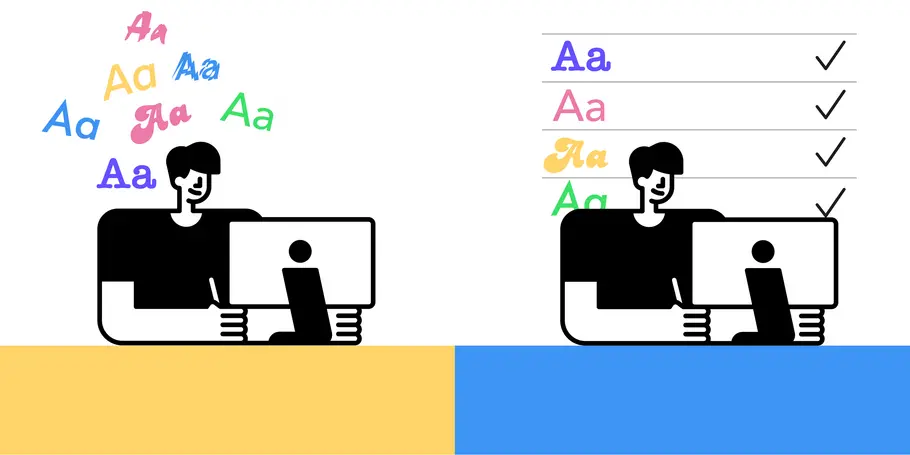
The font acquisition method that a designer uses can have a surprisingly big impact on the rest of a project’s design process. Let’s follow two designers who make different font choices to see how their projects unfold. Max, an agency designer, will begin his branding exploration with a one-off font for his coffee shop client, Café Français. We’ll also follow Sarah, an in-house brand designer at a competitor coffee shop called Café Αθήνα (Athens Café in English). Sarah will use Monotype Fonts’ font subscription platform to begin her project.
Max: A project-based fonts user.
Max doesn’t have a Monotype Fonts subscription, so his agency and clients make one-off font purchases for new branding projects like this one for Café Français.
Finding inspiration.
Max begins his search for a new font by browsing on Google, reading typography books, visiting individual foundry websites, and exploring the fonts for which his agency already has licenses. The hours added up quickly with this scattered approach and Max found himself behind schedule.
Selecting a font.
Finally, Max finds a font that both meets the needs of the brief and offers a trial so he can create some mockups. Unfortunately, this font, like some others, doesn’t include the character “ç” in its trial version – an important element of the Café Français name! Max can only present placeholder text in this new font, and he’s worried that the client won’t fully understand his vision.
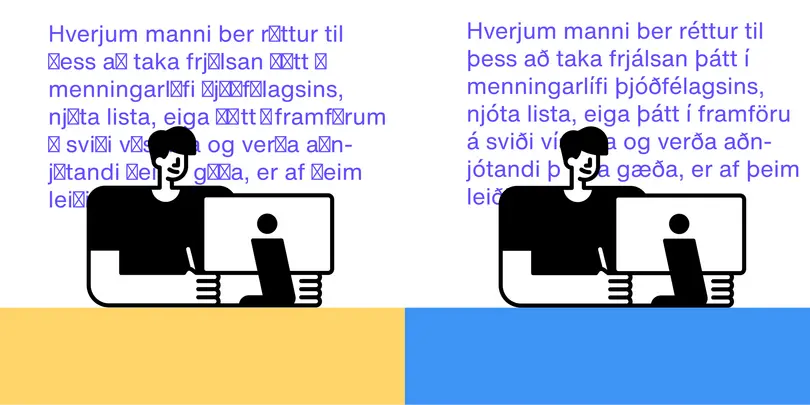
Prototyping.
The trial font doesn’t integrate with Figma or Adobe Creative Suite, so Max must copy and paste screenshots of text into his design – not the most elegant or effective approach, and it takes significantly longer to complete than expected. Max is now in danger of missing his deadline.
Going back to the drawing board.
After a couple of sleepless nights, Max manages to develop his design prototypes in time for the meeting with Café Français’s marketing director. Perhaps because the client can’t envision her brand name in the font, she asks to see more options. Now Max must start the process again, with all the headaches he experienced the first time around.
Licensing a font.
After a second round of design, the client finally approves one of the fonts Max presented. But licensing the font proves difficult. Max and his creative director must speak to the agency’s IT director and procurement teams as well as the client’s administrative departments to figure out how to license the font. Nobody is sure who’s responsible for this purchase. Eventually, Café Français purchases three desktop licenses for Max, his creative director, and a junior designer on the account. The process takes so long that the brand’s launch date is delayed – and the client isn’t happy.
Future-proofing design decisions – or not.
Despite delays, the branding project is a success for Café Français and they decide to expand the use of the font beyond their logo. But there’s a major financial risk looming. As the agency account grows, Max simply emails new colleagues a folder of font files he keeps on Dropbox – a violation of the end user license agreement (EULA). In addition, Max has started using the font on the café’s website, which is outside the scope of his original desktop license. Nobody is sure who’s in charge of the licensing agreement, so nobody checks it. Both the brand and the agency are in breach and could be sued. And with colleagues emailing font files around, nobody receives important design updates (like the addition of new currency symbols) and corrections from the foundry. Over time, this could cause serious problems for everyone involved.
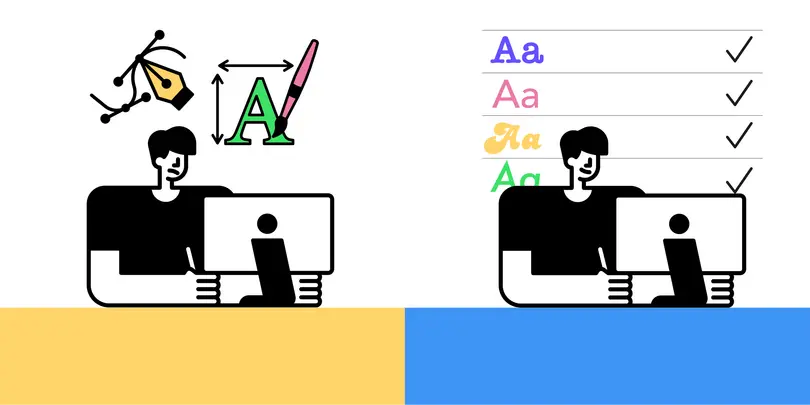
Sarah: A font subscription platform user.
Sarah’s creative team has a Monotype Fonts subscription. Exploring, testing, and implementing new fonts for creative projects is a breeze.
Finding inspiration.
Sarah wants the Café Αθήνα logo to match the café’s vintage 40’s style. She searches the Monotype Fonts platform for a keyword – “retro” – to find fonts that evoke that nostalgic feel. Sarah narrows down the 5,000+ results using filters to specify the specific typographic features she likes, including serif retro fonts. The inspirational artwork helps her generate new ideas for how each font could be used in the final design. She finds a few fonts from the same foundry that seem close to what she’s looking for, so she searches the foundry’s name to see what else they have. There it is: the perfect font family.
Selecting a font.
Just one or two clicks is all it takes to gain trial access to the font’s entire character set – including the Greek characters in the Café Αθήνα name. Thanks to her font library subscription, Sarah went from discovery to selection in just a single afternoon; she’s way ahead of schedule!
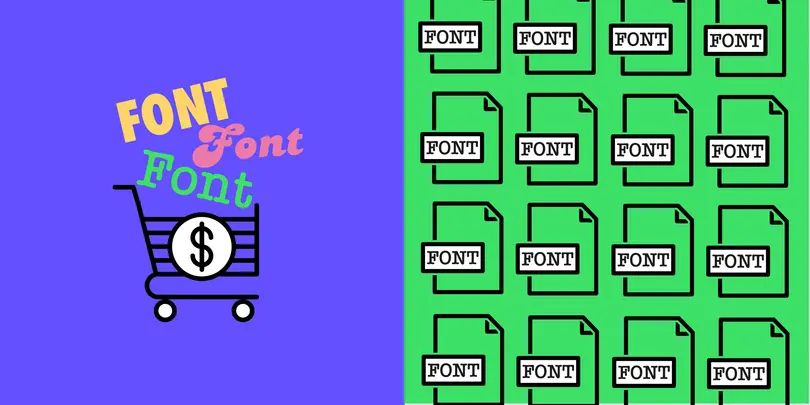
Prototyping.
Quick, easy integration with Figma and Adobe Creative Suite means that Sarah has enough time to prepare several prototypes of different font options that illustrate her expertise. Sarah’s creative director is thrilled with the work; it’s so well done, the larger marketing team instantly understands the creative vision and proceeds with Sarah’s recommendation.
Licensing a font.
The creative director, who is also the Monotype Fonts administrator, marks the final selection as a production font, ensuring that all future usage will be tracked and checked against the brand’s license to eliminate any risk of EULA violations. A one-click share of the font list gives (or restricts) access to everyone on the creative team. All creative authoring programs are automatically updated to include the font, too – no more “missing styles” error messages. That same day, the design team is ready to work on their first project.
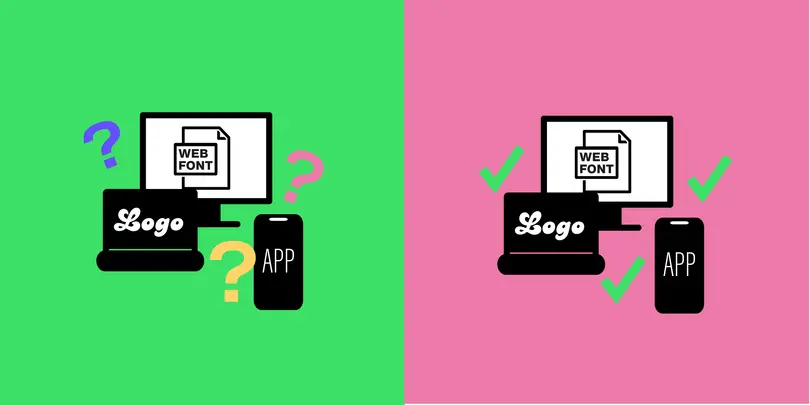
Future-proofing design decisions.
The typography of Café Αθήνα’s beautiful logo becomes synonymous with the brand. The internal creative team begins using the iconic font online, in printed menus, and in social campaigns. Licensing is updated quickly and seamlessly every time they venture into a new channel. Newcomers to the team are added to the Monotype Fonts collaborator list and sync the font with their creative programs with just one click. Working with the font is so easy and seamless, everyone at the coffee brand – including the IT, legal, and administrative departments – saves time and energy on fonts so they can focus on the work that really matters
